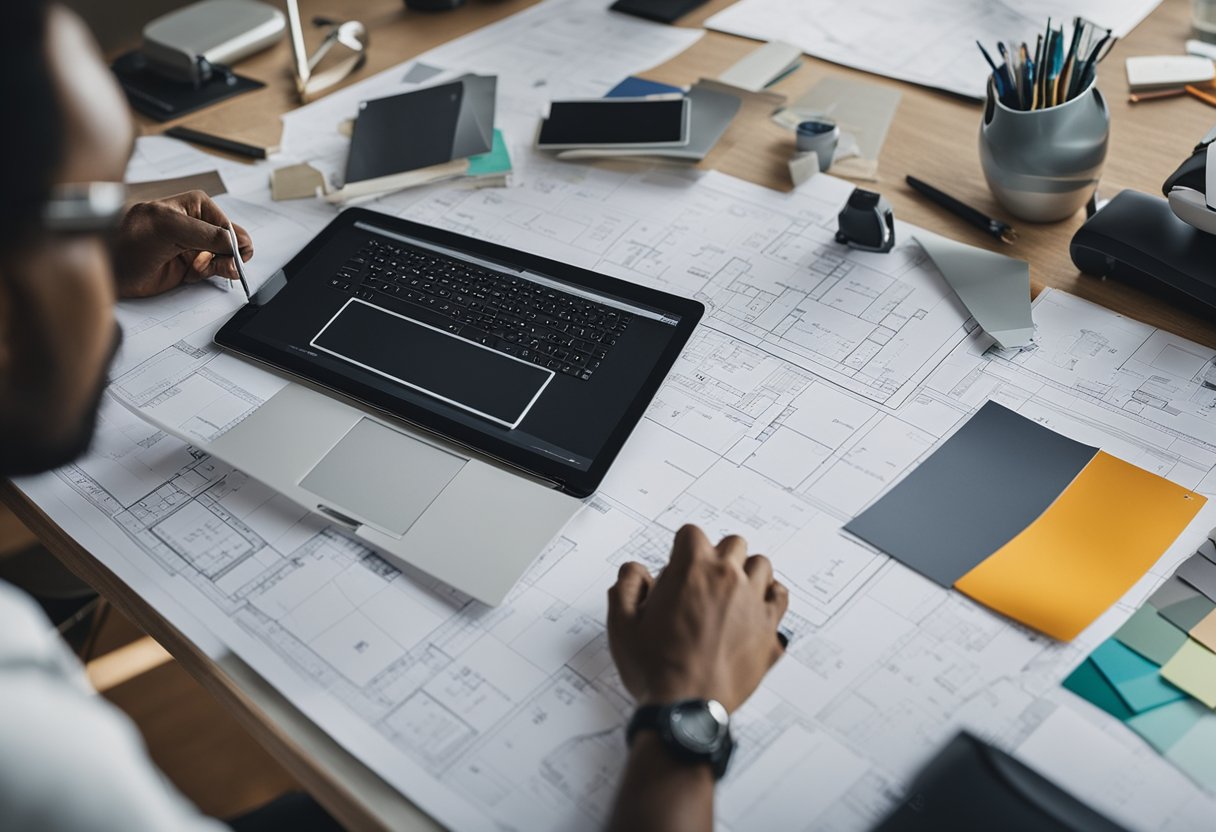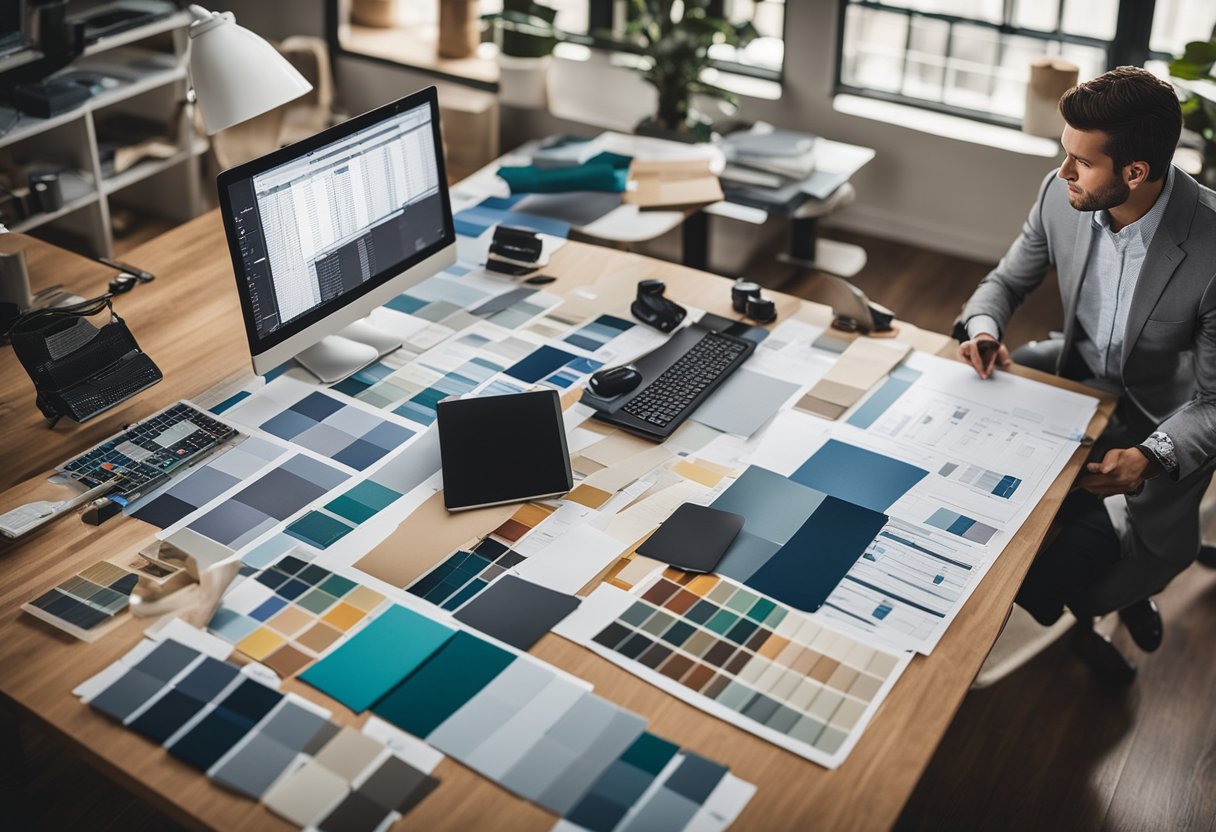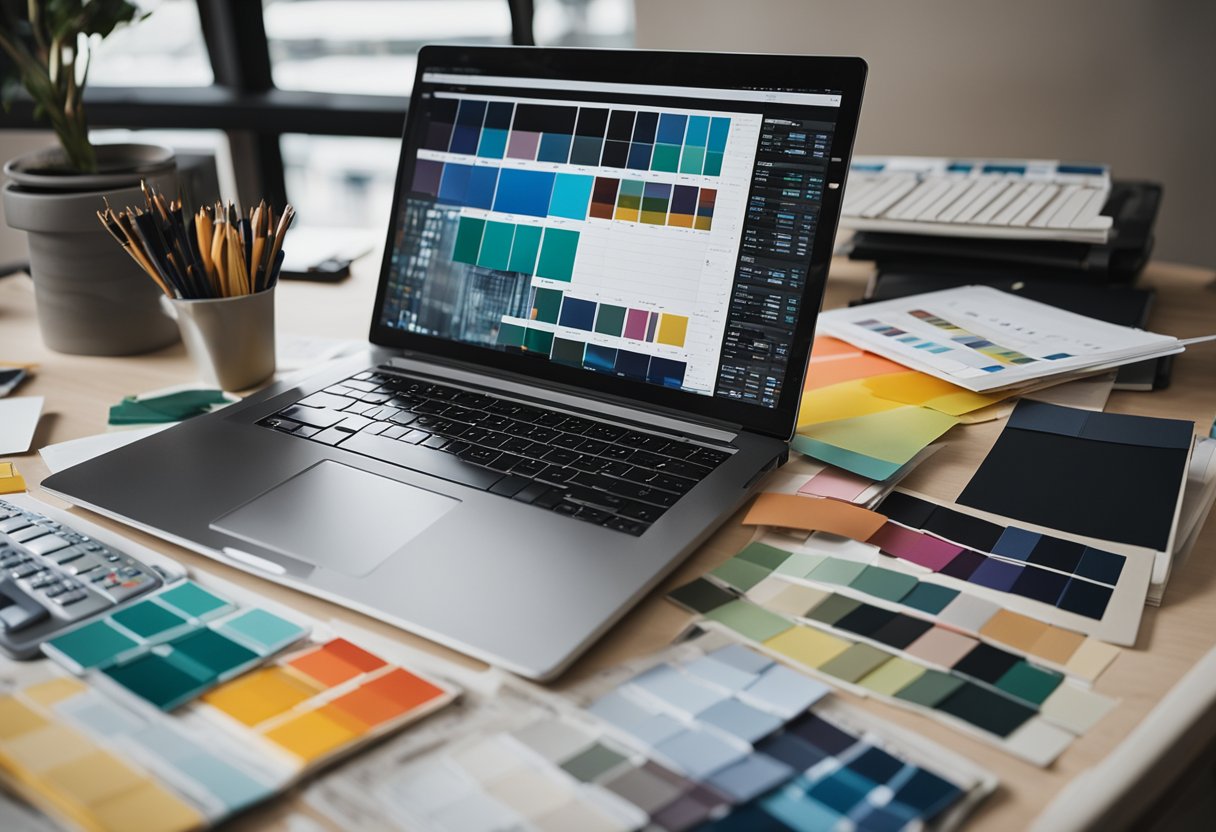Typical Interior Design Fees: What You Need to Know
If you’re planning on revamping your home, one crucial aspect to consider is interior design fees. While it may seem like an expensive investment, hiring an interior designer can actually save you money and time in the long run. This article will provide you with an overview of typical interior design fees and help you understand what to expect when planning your design project.

Understanding interior design fees can be a daunting task, as there are various pricing models that designers use to charge for their services. Factors that can affect the cost include the designer’s experience, the project’s complexity, and the location. However, a basic interior design project can cost you between SGD2,000 and SGD5,000, while a more comprehensive project can range from SGD5,000 to SGD10,000. If you’re working with a high-end designer, the cost can be even higher.
Before hiring an interior designer, it’s important to plan your design project carefully. This includes setting a budget, determining your design style, and identifying your needs and preferences. By doing so, you can ensure that you and your designer are on the same page, and that the project is completed within your budget and timeline. In the next section, we’ll explore some frequently asked questions about interior design fees to help you make an informed decision.
Key Takeaways
- Understanding interior design fees is crucial when planning your design project.
- There are various pricing models that designers use to charge for their services.
- Planning your design project carefully can help you stay within your budget and timeline.
Understanding Interior Design Fees

If you’re looking to hire an interior designer, it’s important to understand the different fee structures and factors that can influence the cost of their services. In this section, we’ll explore the different fee structures used by interior designers, factors that can impact the cost of your project, and tips for maximizing your budget and negotiating with designers.
Fee Structures Explained
Interior designers typically use one of several fee structures to charge for their services. These can include:
- Hourly rate: Some designers charge by the hour for their services. This can be a good option for smaller projects or for clients who only need a few hours of design help.
- Flat fee: A flat fee is a set price for the entire project. This can provide cost certainty for clients, but may be less flexible than other fee structures.
- Cost-plus: With a cost-plus fee structure, the designer charges a percentage markup on the cost of furnishings and other items purchased for the project.
- Retainer: Some designers require a retainer fee upfront to secure their services. This fee is usually applied towards the overall cost of the project.
- Commission: Designers who work with retail partners may receive a commission on items purchased through those partners.
Factors Influencing Cost
There are several factors that can impact the cost of an interior design project. These can include:
- Project type and size: The complexity and size of the project can impact the overall cost.
- Designer experience: More experienced designers may charge higher fees for their services.
- Location: Designers in larger cities or more expensive areas may charge higher fees.
- Furnishings and decor: The cost of furnishings and decor can impact the overall cost of the project.
- Project management: If the designer is responsible for project management, this can add to the overall cost.
Maximising Your Budget
To get the most out of your interior design budget, consider the following tips:
- Consult with the designer: A consultation with a designer can help you get a better idea of the potential cost of your project and identify areas where you can save money.
- Consider a flat fee: A flat fee can provide cost certainty and help you stay within your budget.
- Ask about discounts: Some designers may offer discounts for larger projects or for clients who purchase furnishings through their retail partners.
Negotiating with Designers
If you’re concerned about the cost of your interior design project, consider the following tips for negotiating with your designer:
- Review the contract: Make sure you understand the designer’s fee structure, payment schedule, and any additional costs before signing the contract.
- Be upfront about your budget: Let the designer know your budget upfront so they can work within those parameters.
- Ask about payment schedules and deposits: Understand when and how payments will be made, and whether a deposit is required upfront.
Payment Schedules and Deposits
Most interior designers require a payment schedule and deposit before beginning work on a project. This can vary depending on the designer and the project, but typically involves a percentage of the overall cost upfront, with additional payments due at various stages of the project.
Additional Costs to Consider
In addition to the designer’s fee, there may be additional costs associated with an interior design project. These can include:
- Furnishings and decor: The cost of furnishings and decor can add up quickly, especially for larger projects.
- 3D renderings: Some designers may charge extra for 3D renderings or other advanced design services.
- Project management: If the designer is responsible for project management, this can add to the overall cost.
- Accessories, lighting, and window treatments: These items can add to the overall cost of the project.
By understanding the different fee structures and factors that can impact the cost of your interior design project, you can make informed decisions and get the most out of your budget.
Planning Your Design Project

When it comes to planning your interior design project, there are a few key things to consider. By defining the project scope, selecting materials and decor, and working with professionals, you can create a cohesive aesthetic that reflects your unique personality and taste. In this section, we’ll explore the essential steps to take when planning your interior design project.
Defining Project Scope
Before you begin your interior design project, it’s important to define the scope of the project. This includes determining the space or room you want to renovate or redesign, as well as the furniture, furnishings, and decor you want to purchase. It’s also important to consider your budget and project cost, as well as any design costs associated with working with a professional interior designer.
Selection of Materials and Decor
Once you have defined the scope of your project, it’s time to start selecting materials and decor. This includes choosing finishes, textures, colours, and shapes that reflect your unique taste and vision. It’s also important to consider function and flow, as well as the overall aesthetic of the space or room you are designing.
Working with Professionals
Working with a professional interior designer can help you create a cohesive aesthetic that reflects your unique personality and taste. A professional can help with space planning, furniture selection, and overall design coordination. When selecting a professional, it’s important to review their portfolio and conduct a consultation to ensure they understand your vision and taste.
Project Timeline and Coordination
Creating a project timeline and coordinating with contractors and other professionals is an essential step in ensuring your interior design project is completed on time and within budget. A principal designer can help with project management and coordination, ensuring that all aspects of the project are completed to your satisfaction.
Creating a Cohesive Aesthetic
Creating a cohesive aesthetic involves selecting furniture, furnishings, and decor that reflect your unique personality and taste. It’s important to consider the overall flow of the space or room, as well as the function of each individual item. By customising your design with 3D renderings, you can ensure that the final result is both functional and beautiful.
Finalising Details and Execution
Finalising the details of your interior design project involves selecting finishes, textures, colours, and shapes that reflect your unique taste and vision. It’s important to consider the overall aesthetic of the space or room, as well as the function and flow of each individual item. By working with professionals and reviewing the project timeline, you can ensure that your interior design project is completed to your satisfaction.
Frequently Asked Questions

How do interior designers calculate their fees per square metre?
Interior designers typically charge per square metre for larger projects. The cost per square metre can vary depending on the complexity of the project, the materials used, and the designer’s experience. The fees can range from £50 to £200 per square metre. Factors that can affect the fees include the type of project, the location, and the scope of work.
What’s the typical cost for a professional interior design consultation?
The cost of a professional interior design consultation can vary depending on the designer’s experience, location, and the scope of work. Typically, the cost can range from £50 to £500 per hour. During the consultation, the designer will discuss your requirements, preferences, and budget. They will also provide you with advice and recommendations on how to achieve your desired look and feel for your space.
Can you estimate the average budget needed for interior design services?
The average budget needed for interior design services can vary depending on the scope of work, the type of project, and the materials used. For a full-service interior design project, the cost can start from £10,000 and can go up to £40,000 for a larger project. This cost includes the designer’s fees, material costs, contractors, and labour.
What are the going rates for freelance interior designers in Singapore?
Freelance interior designers in Singapore typically charge hourly rates that range from SGD 80 to SGD 200 per hour. The rates can vary depending on the designer’s experience, reputation, and the complexity of the project.
How much should I expect to pay for a customised mood board from an interior designer?
The cost of a customised mood board from an interior designer can vary depending on the designer’s experience, location, and the scope of work. Typically, the cost can range from £50 to £500 per board. The mood board will include a selection of materials, colours, and textures that are tailored to your preferences and requirements.
What are the standard commercial interior design charges per square foot?
The standard commercial interior design charges per square foot can vary depending on the location, scope of work, and the materials used. Typically, the cost can range from £100 to £300 per square foot. Factors that can affect the fees include the type of project, the complexity of the design, and the designer’s experience.



